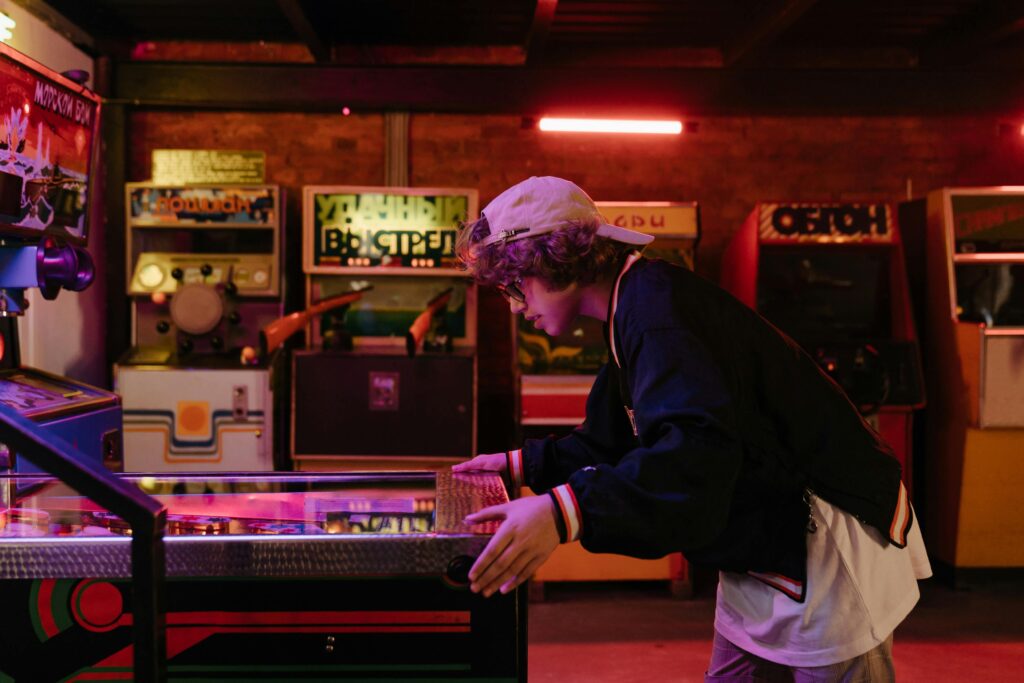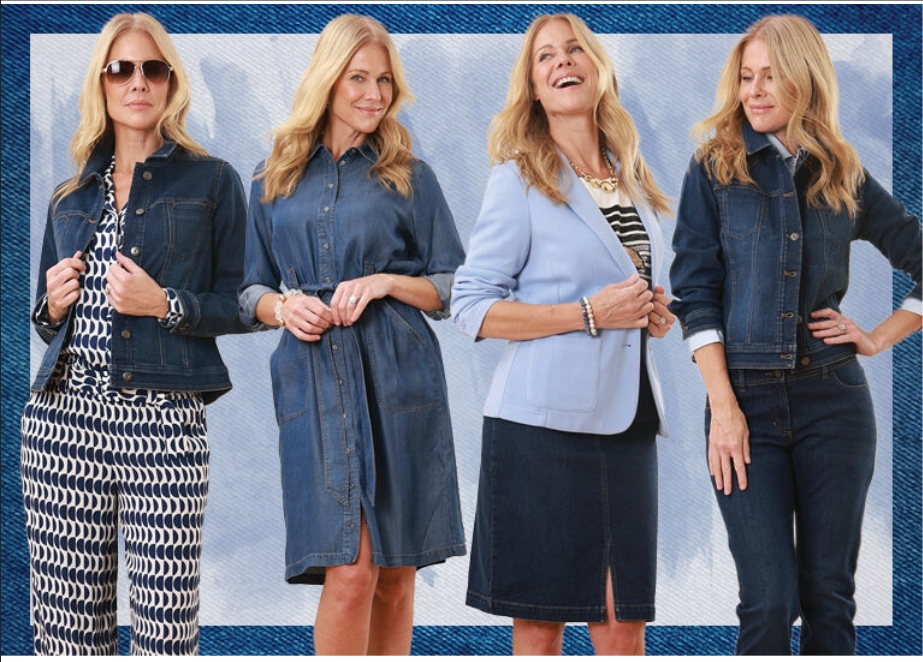Exhibitions can be brutal. You’ve got a split-second to grab someone’s attention before they veer off to another stall, distracted by noise, freebies, or sheer overwhelm. In that kind of environment, standing out isn’t optional—it’s essential.
The irony is, many businesses still treat their exhibition presence like an afterthought. They book the space, ship in a banner or two, hand out a few leaflets, and hope for the best. But hope is not a strategy, especially when you’re surrounded by competitors who may have spent months preparing their visual identity and layout. Portable graphics aren’t just convenient—they’re one of the sharpest tools in your exhibition arsenal.
Why Portable Displays Still Win
Despite the explosion of digital advertising, exhibitions remain stubbornly analogue. People show up, in person, to see, touch, and experience brands in a real-world setting. This is good news. It means you have a rare opportunity to create genuine human connection. But it also means that your physical setup matters. A lot.
That’s where pop-up solutions come into play. More than just a backdrop, well-designed pop-up graphics for exhibitions offer flexibility, visual impact, and speed of deployment. In settings where time and space are limited—and where brand impressions happen fast—these graphics deliver a streamlined way to communicate what you do and why it matters.
The portability factor isn’t just about convenience, either. It’s about consistency. You can use the same graphics across multiple events without having to redesign from scratch. You can set up in minutes without needing a small construction crew. And if your team is juggling multiple events in different locations, that kind of reliability is priceless.
Visual First, Everything Else Second
No one wants to admit this, but attendees don’t read first. They look. That’s why your graphics need to say something instantly—before anyone reaches for a flyer or starts asking questions.
This doesn’t mean shouting. It means being clear. Your branding should feel intentional, your colour palette consistent, and your focal message obvious within two seconds. This is not the place for vague taglines or buzzwords. Tell people what you offer and why it’s relevant, without requiring them to squint or piece things together like a puzzle.
That said, aesthetic minimalism is often more powerful than clutter. Think clean fonts, strong visuals, and whitespace that allows your message to breathe. Too much text or an overload of images can dilute the impact. Let the design do the talking—and only bring in copy where it genuinely adds context or value.
Movement, Light, and Layout
The best exhibition setups guide visitors rather than overwhelm them. This doesn’t require a huge budget. Sometimes, all it takes is thinking spatially.
Arrange your banners and tables to create a sense of flow. Leave breathing room between sections. Make sure your team is positioned to naturally intercept passers-by without appearing pushy or chaotic. And if you can, play with verticality—height draws the eye, especially in crowded spaces.
Lighting matters too. You can have the world’s best-designed pop-up, but if it’s stuck in a dim corner with no spotlight, it won’t land. On the flip side, a basic setup with clever lighting can punch well above its weight.
Some brands go further with motion—digital displays, rotating signage, subtle animations. It’s not always necessary, but in some industries, a touch of movement can be the difference between being ignored and being approached.
The Message Behind the Image
Portable graphics aren’t just about looking good. They’re about delivering your message in a way that sticks. A banner can’t say everything, nor should it try. But it can set the tone. It can intrigue. It can create enough interest for someone to stop and ask, “So, what do you guys do?”
This is where having a clear hierarchy of information helps. Your brand name, core offering, and standout value should be front and centre. Supporting text can handle specifics, but keep it readable from a few feet away.
More importantly, don’t rely on design alone to carry the interaction. Your visuals draw people in—but it’s the team, the pitch, and the follow-through that keep them there. Treat your graphics like an opener, not the entire conversation.
Final Thought
There’s no magic formula for exhibition success, but there are patterns. Clarity beats complexity. Movement draws attention. Portable graphics help you show up consistently, clearly, and professionally—without logistical headaches or bloated budgets.
In a space where so many stalls blur together, the ability to stand out isn’t just an aesthetic advantage. It’s a strategic one. Use it wisely.





